Payara, vampire piranha – freshwater fish of the rivers of South America. Scientists call this fish – a mackerel-like hydrolycus. The order to which the fish belongs includes 18 families, distributed in the rivers of Central, South America and Equatorial Africa.
Here is an overview of the content of this tutorial, feel free to jump to any section you care about:
For more fishing instructions, take a look at these popular Trizily links: Peacock Bass Fishing, Salmon Fishing.
- The 7 best spinning reels 2022
- The 7 best baitcasting reels 2022
- The 10 best fish finders for the money 2022
- The 7 best underwater fishing cameras 2022
Payara Fishing
Overview of payara
A feature of the fish of the order, including payars, is the presence of the so-called. “Fat fin”, the same as that of salmon or catfish. But the main distinguishing feature of this fish is its huge teeth, and the special structure of the head associated with it. The lower fangs are especially prominent, with large individuals having a length of up to 15 cm. When the mouth is closed, these teeth are hidden in special sinuses on the upper jaw. Because of its menacing appearance, fish is often called “vampire fish” or “devilish fish.” Large fang-shaped teeth dotted all the jaws of the fish.
Characteristics of payara
This payara is somewhat similar to tiger fish. The head is large, the mouth is large, with the ability to capture large prey. The jaws have a complex structure, and consist of four main parts. Some researchers claim that payara is capable of hunting prey, half its size. The body is elongated, spindle-shaped, flattened laterally, covered with small silver scales, the upper part of the body is darker. Powerful caudal and lower, ventral fins shifted to it give out an active swimmer living in fast sections of rivers in fish.
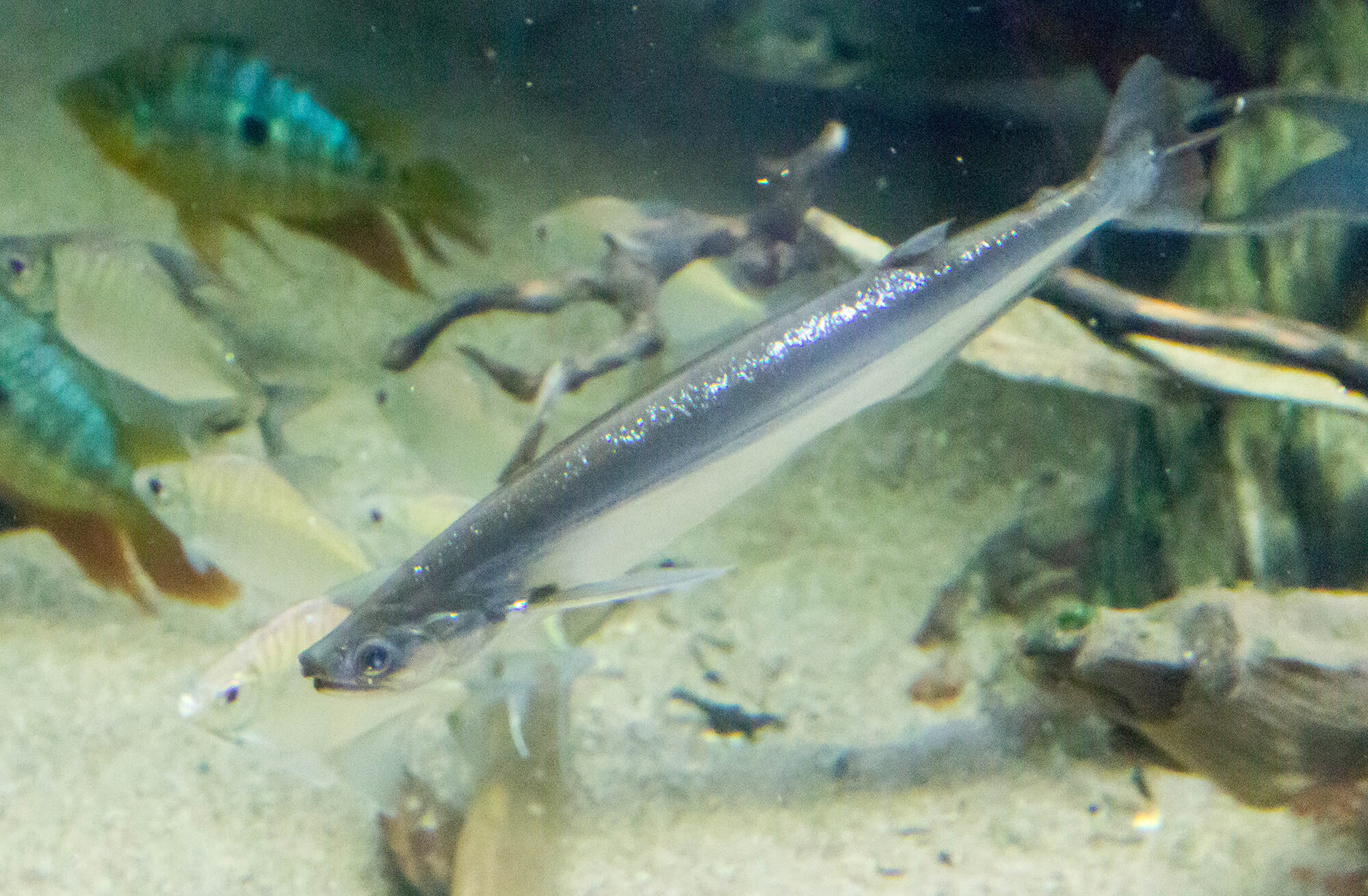
The dimensions of the solders can reach 120 cm with a weight of up to 18 kg. Differs in violent temperament and desperate resistance when serifing on gear. He prefers to stay on fast sections of the river, rapids, subthreshold pits and obstacles. Payara is an active predator. The object of hunting is any fish that live in a reservoir, smaller than the predator itself. Small individuals often form flocks. The greatest activity of fish is manifested in the period from January to April.
Payara fishing guide: Techniques, bait and gear
Payara fishing techniques
Payara is very gluttonous, but careful. Only certain places that are difficult to access or require ultra-long casts can be held on the river. It is a very popular object of sport fishing. It reacts to various baits, including those of natural origin. The main method of fishing is considered to be spinning using large baits. In recent years, along with other South American fish, fly fishing has become popular. All, without exception, fishermen – payara fishers, note a small percentage of sold bites. This is due, first of all, to the structure of the head and the rigidity of the jaw apparatus of the fish.
Spinning for payara
Spinning remains the most popular fishing tackle on the rivers of Central and South America. When fishing on the payara, most often, they use powerful spinning rods for fishing on large baits. The rods should be of medium-fast or fast formation, capable of speeding up the struggle in reservoirs with a strong current or in the constrained conditions of coastal fishing in the tropics.
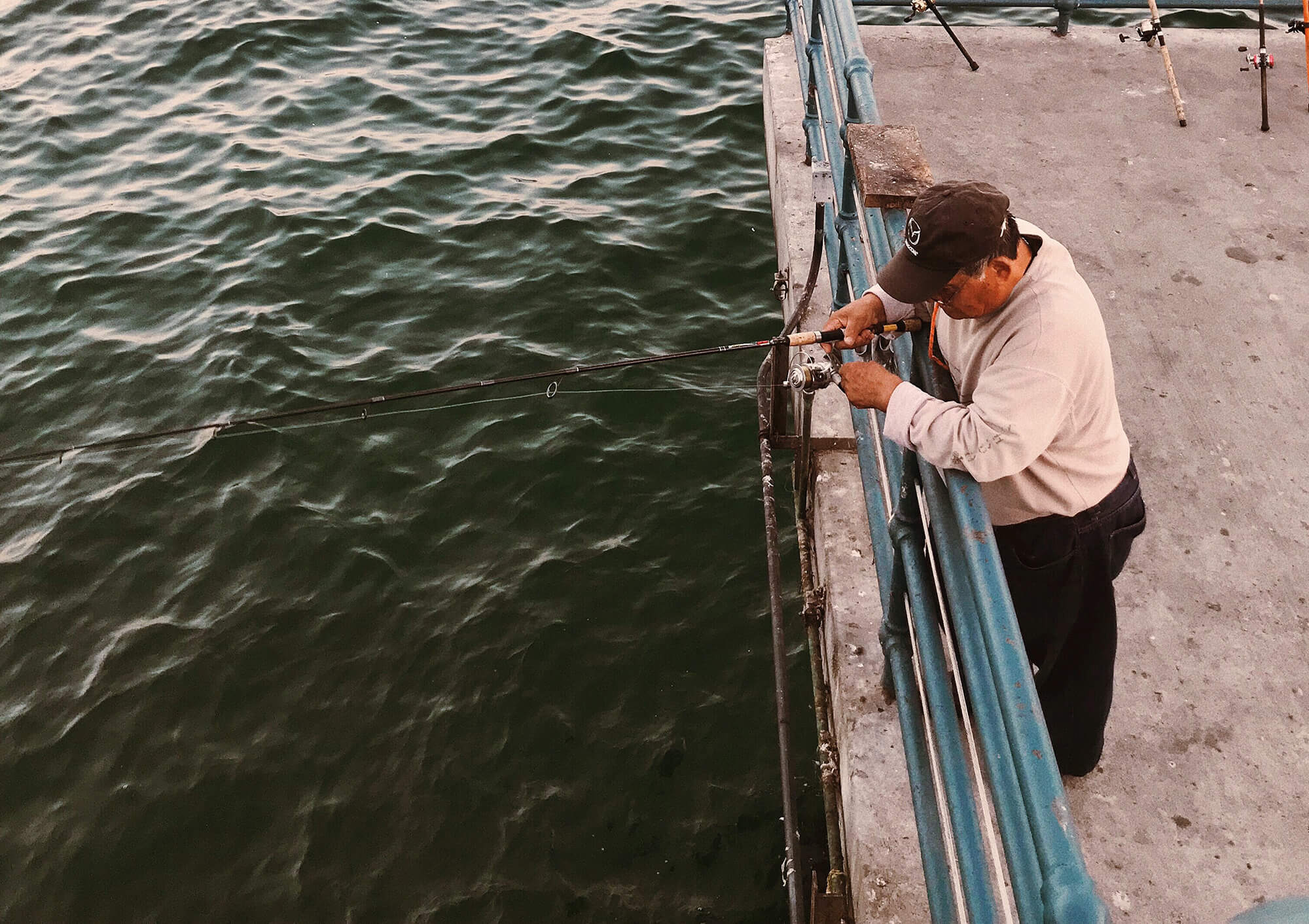
Powerful reels should have trouble-free friction and a voluminous spool for thick cords. This is due, first of all, to the difficult fishing conditions. Most rivers where the payara live have a variety of rocky outcrops or a bottom covered with coarse material, which often leads to cliffs during survival. At the same time, the payara and other numerous local predators are not deterred by the use of “rough snap”.
Locals often use pieces of wire instead of leashes. The presence of metal leashes is quite appropriate, if only for the reason that the diversity and quantity of the local, predatory fauna does not allow us to aim at one species. At the same time, there is another opinion that additional elements save little from cliffs, but complicate the fishing process. In any case, when fishing for large South American fish, the use of high-strength tooling elements is required. The general requirements for gear are similar, as when catching large migratory fish.
Fly fishing for payara
In recent decades, due to the increasing popularity of fly fishing, many domestic fishermen joined the ranks of lovers of exotic fish on artificial baits this way. There was a whole galaxy of fishermen specializing only in such fishing.
All known fly fishing is a must for visiting tropical rivers to catch numerous predators. Payara also did not escape this fate, fishing for which is considered to be a kind of “highlight” in fly phishing. It is worth noting that fish actively hunt in all water strata, which, to some extent, simplifies the selection of lures.
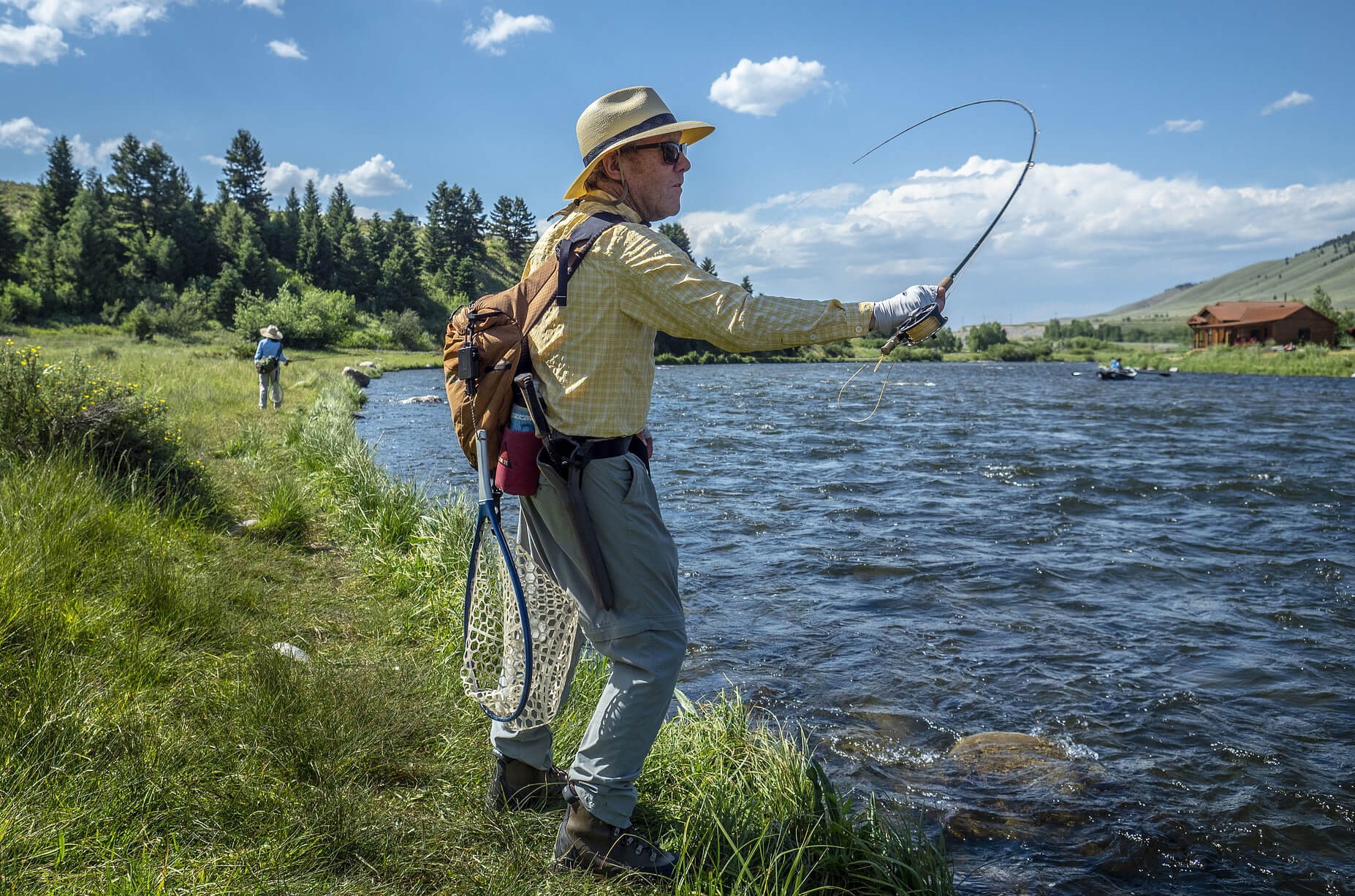
When fishing, it is most important to localize the habitat of this fish. For fishing, various one-handed fishing rods of the “marine class” or the corresponding configuration are used, with a powerful reel and a large amount of backing. In the form of baits, large streamers and poppers are used, for casting which it is better to practice short-bodied cords and heads.
Experienced fishermen often mention that the use of undergrowths is optional, and most importantly, the thickness of the leashes should correspond to a value of at least 0.6 mm. From the point of view that the local fish is not shy, and the restriction on the upper threshold of thickness is associated with the ability to connect, on the river, “on the knee”, reliable knots of equipment from a thick fishing line.
Payara fishing bait
For fishing payara use various lures, from very exotic to completely traditional, for domestic fisherman. The main requirements can be considered large size and strength. It can be lures, wobblers, silicone baits. You can use snap-ins using live fish or its pieces. Some locals catch payara without a hook on a piece of red rag. The fish grabs the bait, but because of the long fangs can not be released.
Where to catch payara
The distribution area of the species is quite small and limited to river basins of the tropical part of South America. The most famous fishing spots are the rivers of the Orinoco and Amazon rivers. For the first time, researchers described fish only at the beginning of the 19th century. This is partly due to the inaccessibility of the area where the payara lives. Fish prefers fast, rapid sections of watercourses, including small tributaries located in the upper reaches of the South American river basins. Among them are: Paraguya, Churun, and others. It occupies various places on the river, including long drawbars.
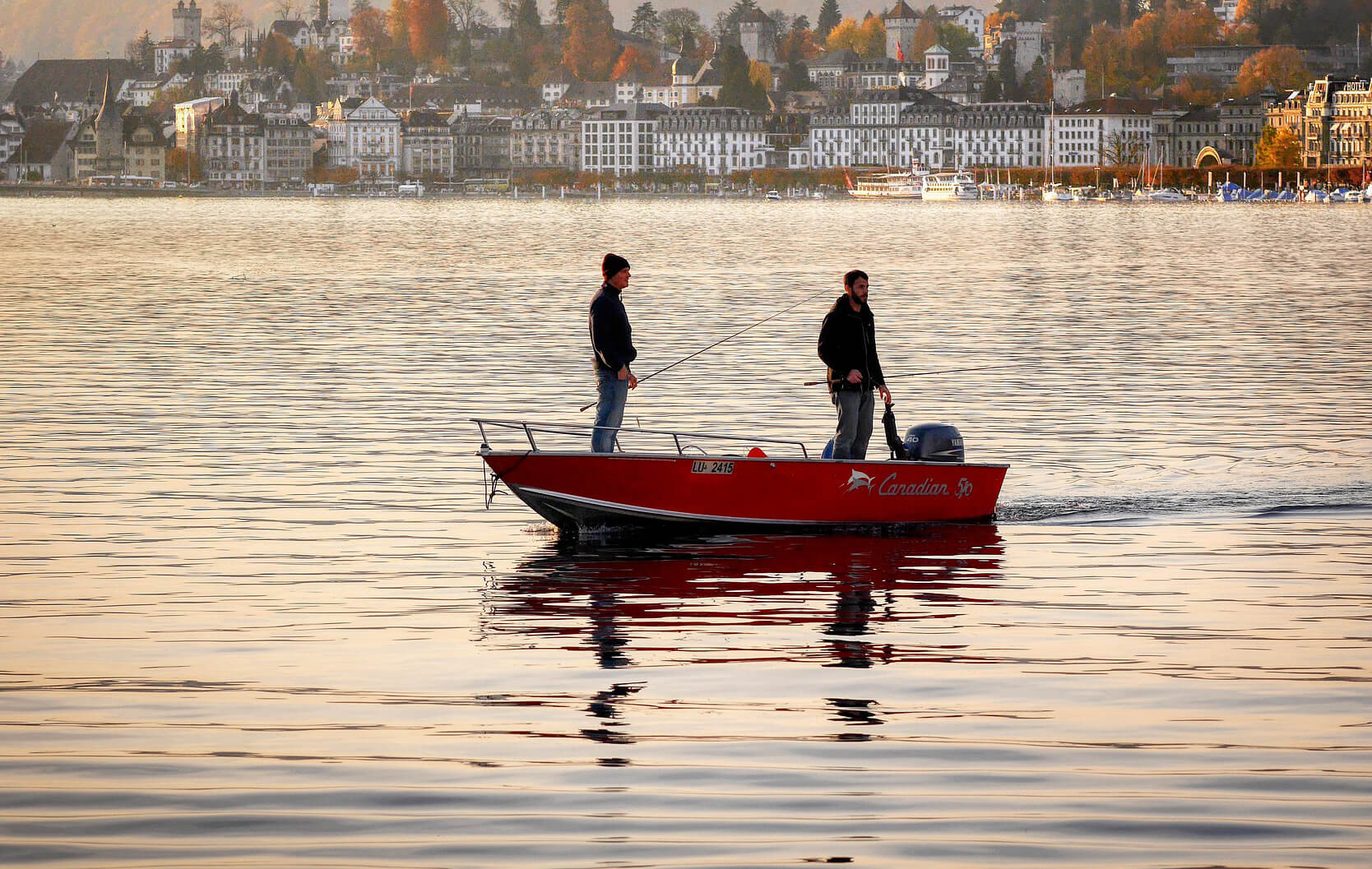
To some extent, it can be argued that the largest specimens often stand at some distance from the coast at depths of up to 10 m. Small fish gather in schools and their habitats, in the river, at a depth of up to 5 m. A significant population of payara live in Lake Guri . Payara is not settled, it moves to different parts of the river, including the spawning course, which is similar to the migration of migratory salmon, is characteristic of it. It is usually timed for January and February.

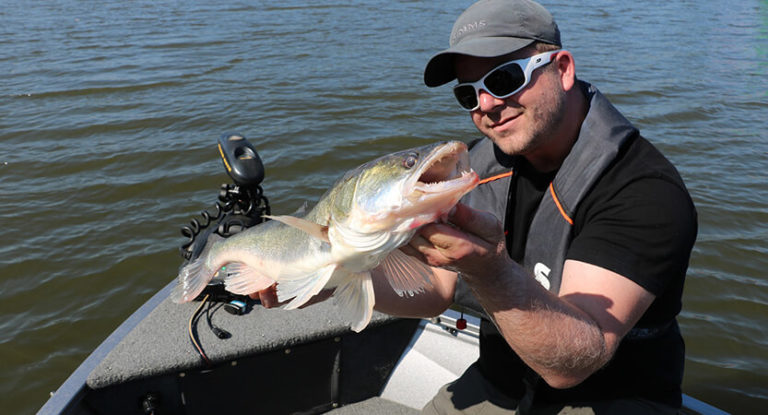
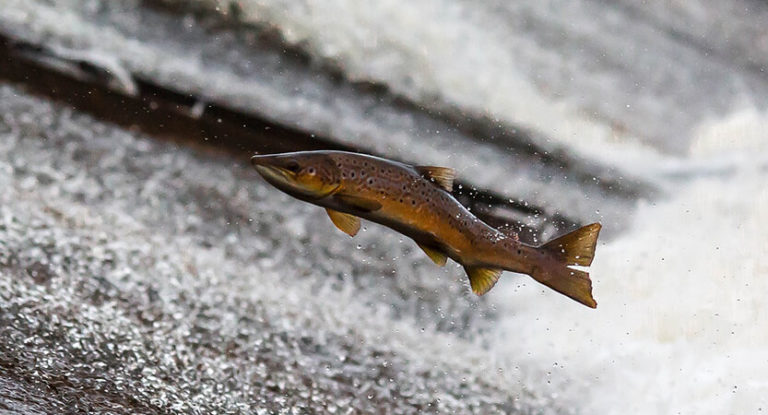
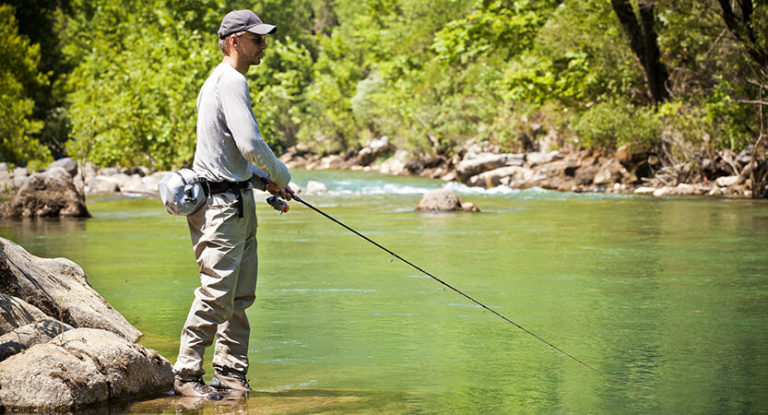
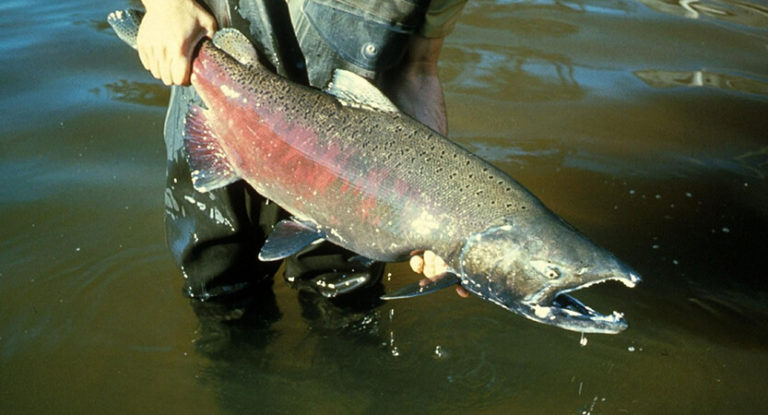
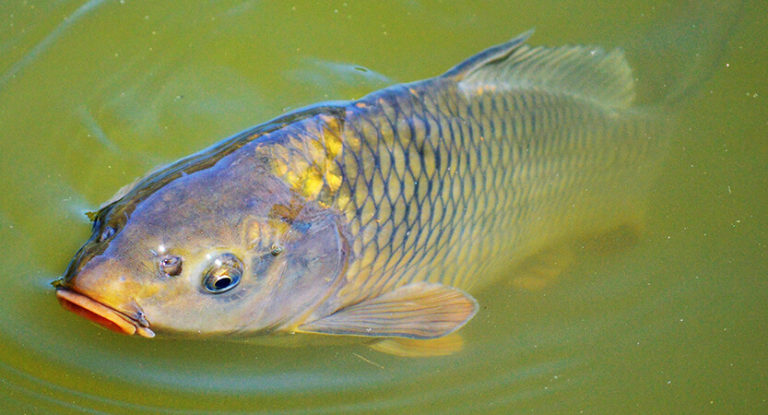
![The 10 Best Fishing Coolers in 2023 [Detailed Guide] 10 The 10 Best Fishing Coolers in 2023 [Detailed Guide]](https://trizily.com/wp-content/uploads/2022/03/best-fishing-coolers-768x768.jpg)